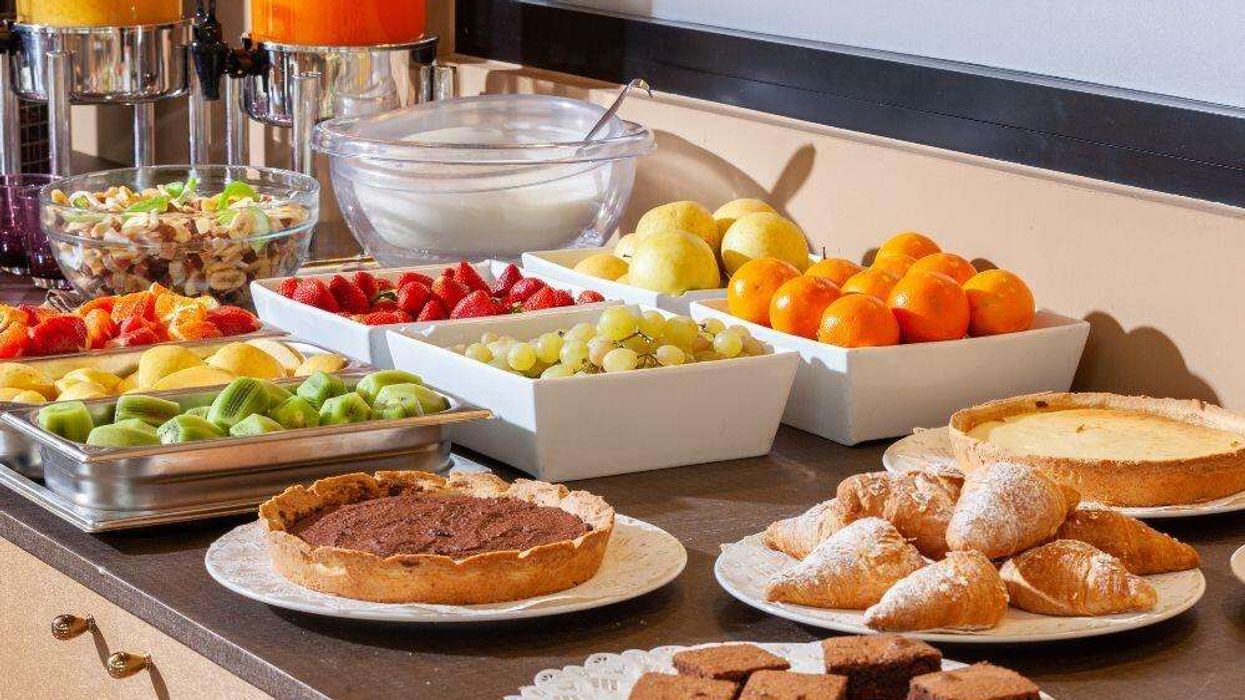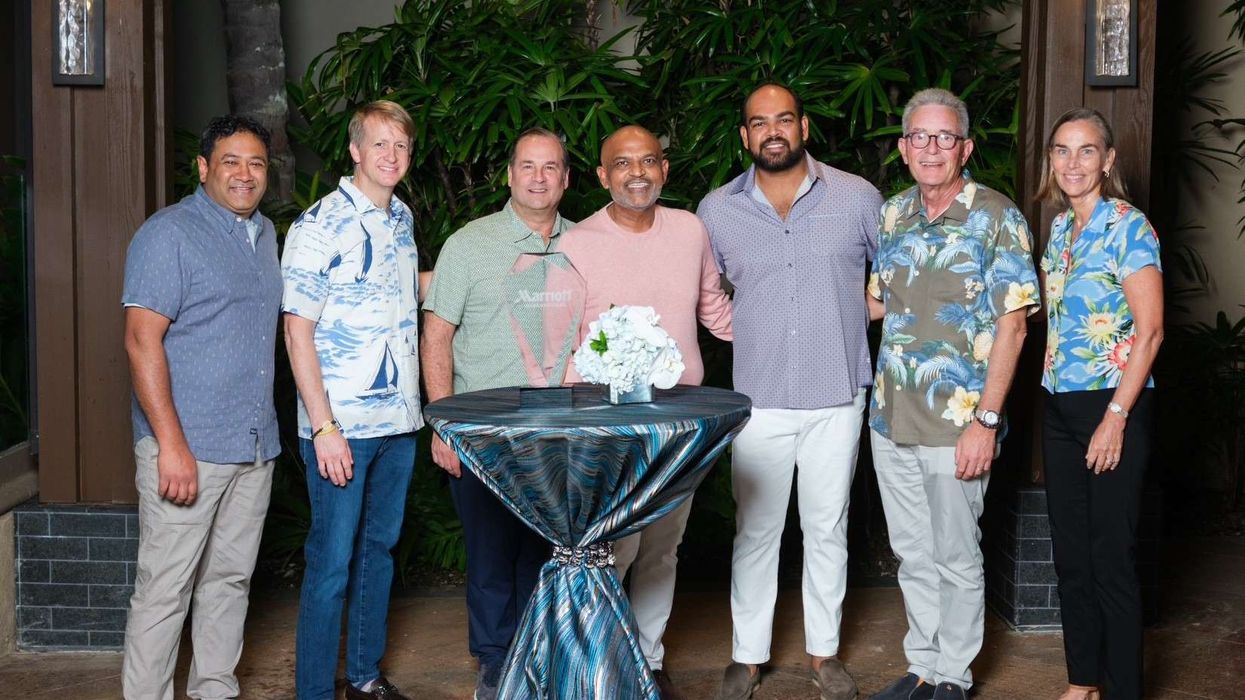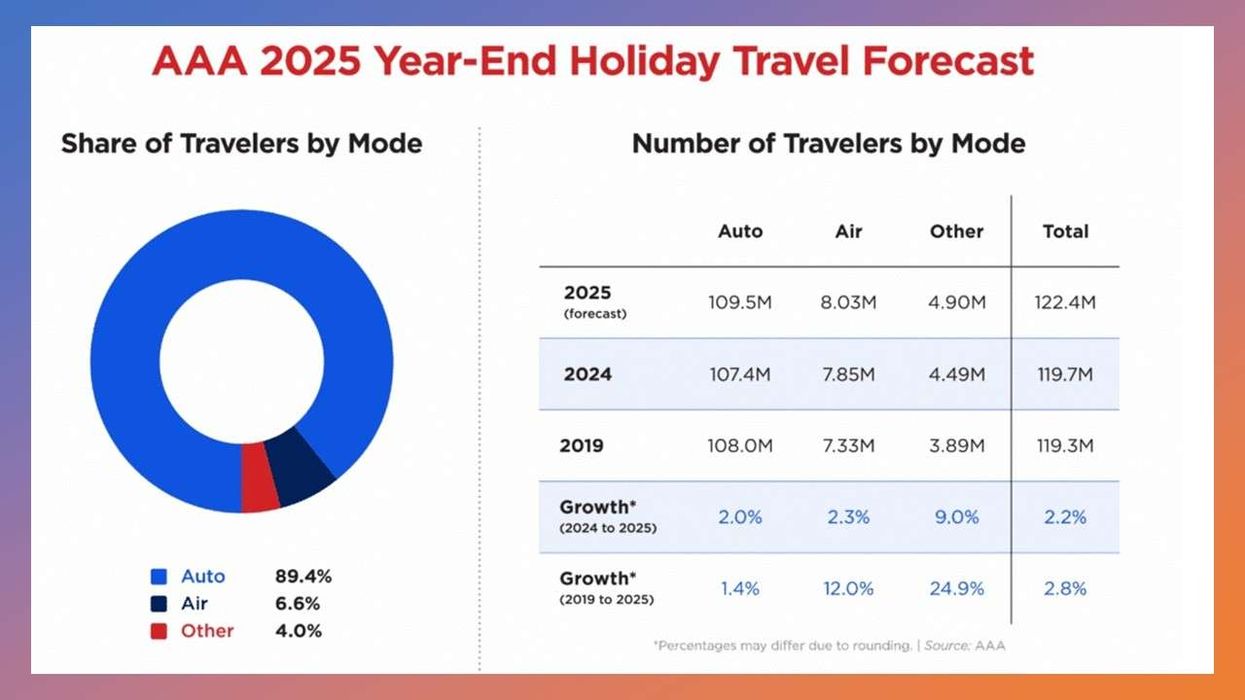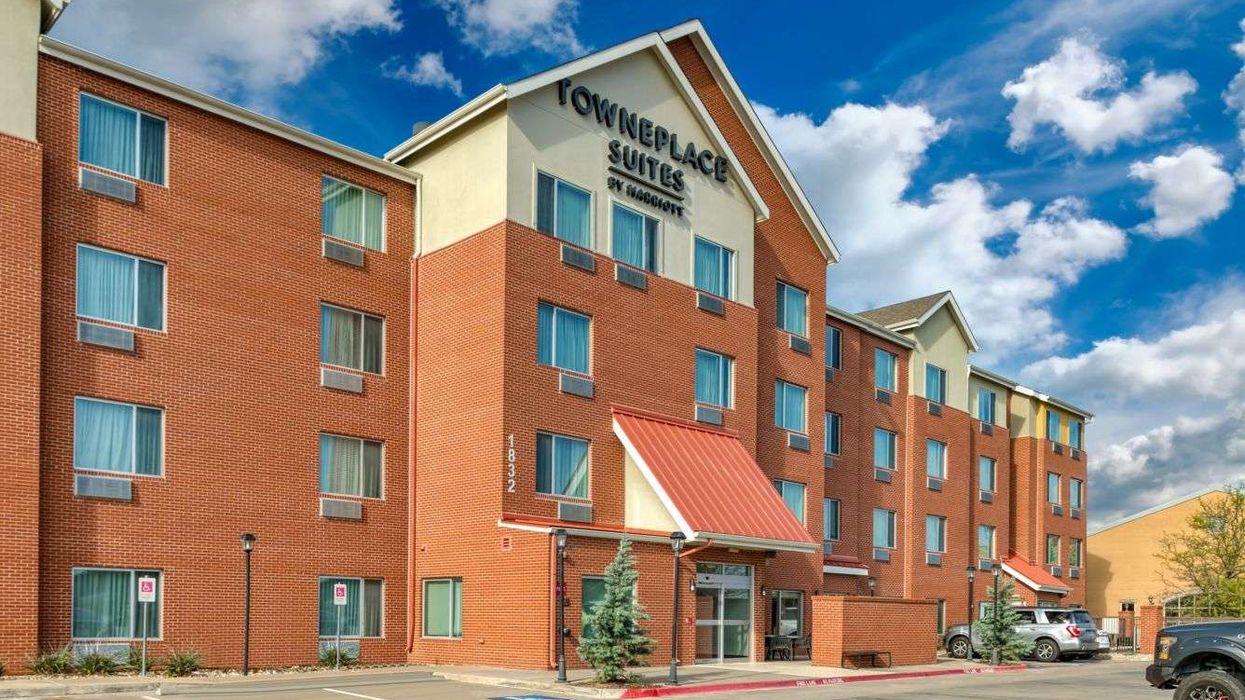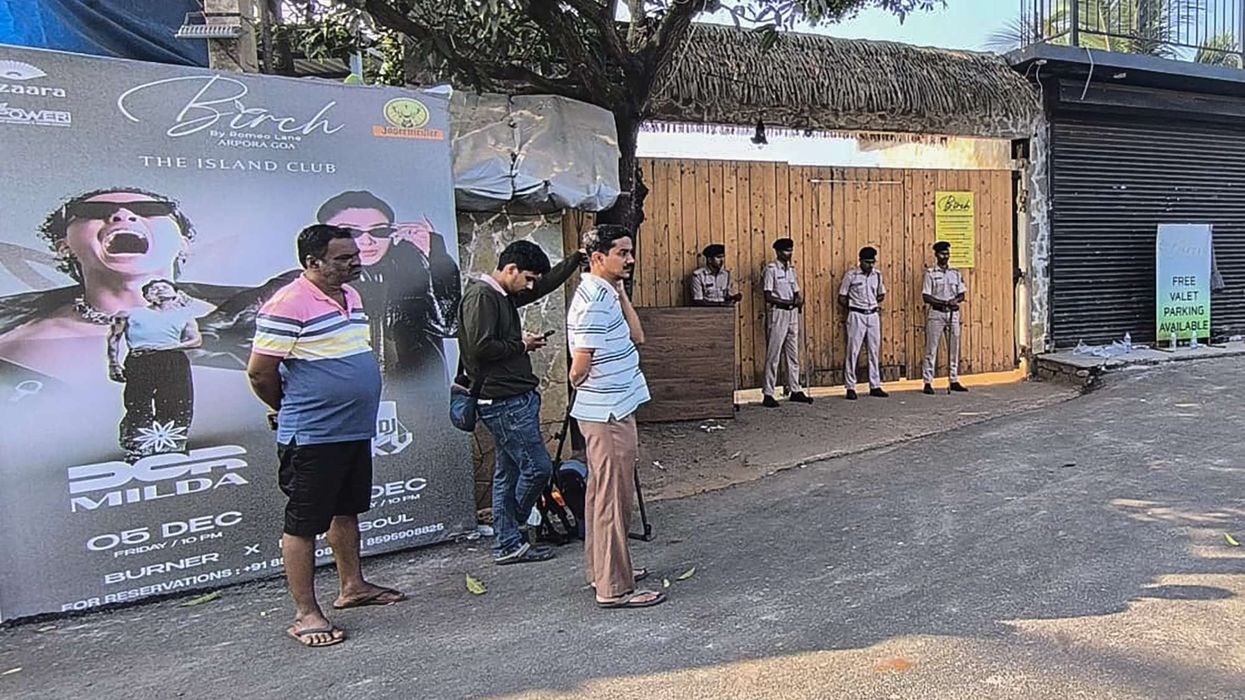THE WEEKLY PERFORMANCE improvements many U.S. hotels have been seeing over the summer may have a deadline, according to STR. The current trend is toward higher weekend occupancy, particularly in drive-to markets, generated by leisure travelers seeking to escape the confines of the COVID-19 pandemic for a while.
The question is, what happens when summer ends?
For the week ending on Aug. 1, occupancy finished at 48.9 percent, up from 48.1 percent the week before and down 34.5 percent from the same time last year, according to STR’s previously released data. ADR ended the week at $100.04, a 25.3 percent decline from the prior year, while RevPAR reached $48.96, down 51.1 percent year-over-year.
Preliminary July data shows that there has been an almost 10 percentage point improvement in RevPAR declines month over month since April, from an 80 percent decline to a 52.3 percent last month, said Jan Freitag, STR’s senior vice president of lodging insights, in a deep dive into the week’s data.
“We assume that the July RevPAR change for the U.S. is just a little worse than minus 50 percent,” Freitag said. “What the August data will hold is still up in the air.
The rise in COVID-19 cases around the U.S. slowed some during the week and RevPAR dropped around 51.1 percent.
“I would not be surprised if we’re going to continue to see slight improvements all the way through August,” he said. “But, of course, the question is, what happens after Labor Day when people are back in school or virtual school and there is limited to no corporate demand.”
Weekend occupancy is still good, reaching 57.4 percent for July 31 to Aug. 1, but room demand seems to have slowed, Freitag said.
“Starting the week of April 11 all the way through the end of June, it looked like room demand grew almost 8 percent week over week. For the last five weeks that number has now come down to just below 2 percent,” he said. “Let’s hope that we’re going to continue to see increases in the number of room sold, but as I said, that would not be a big surprise for August but the big question is what happens post Labor Day.”
Economy class hotels continued to perform best with 56.6 percent occupancy for the week while upper upscale saw the lowest, 32.4 percent.
“But, I think it’s worth pointing out that, indeed, 30 percent of the rooms are occupied but, yes, there are still a lot of rooms that are temporarily closed,” Freitag said.
Freitag said an interesting trend was revealed in the second quarter earnings calls for publicly traded REITS last week, including Hersha Hospitality Trust.
“Quite a few of them pointed toward resort hotels as lifting the overall portfolio averages,” he said. “It was interesting to dig into that a little bit further.”
STR conducted a special study of hotels that have “resort” in their name and found that in fact they were operating at a premium over non-resort hotels.
“If you have the word resort in your name, meaning you are a resort, you are charging quite a high premium in room rates compared to all other upper upscale hotels,” Freitag said.
Only four markets showed improvements in GOPPAR during June, Freitag said, citing Consulting Analytics’ P&L report for the month. They were Tampa/St. Petersburg, Florida with $34.51; Anaheim/Santa Ana, California with $28.26; San Francisco/San Mateo, California, with $2.70; and Dallas with $3.29.
However, most increased their GOPPAR on a monthly basis.
“That’s certainly good news. I think what is still very worrisome is that the total revenue per available room is not increasing very much at all,” Freitag said.
Other improvements for this week’s data from STR was a reconsideration of how it treats temporarily closed properties.
“In the past, in our standard methodology, we take out rooms that are closed for the calendar month,” Freitag said. “The question from a lot of investors is, ‘Can you show us the occupancy that shows us the full inventory.'”
They did and found that the full inventory for June was 162,557,582 rooms, 8.2 percent higher than the standard inventory of 150,222,480.
“When you look at the occupancy for the month of June, you see that the difference between standard inventory and full inventory is indeed also 8.2 percent,” he said. “So that is how those two numbers relate to one another.”

